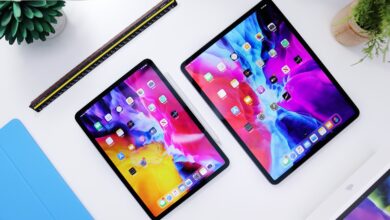The Impact of Technology on the Employee Experience

Technology has significantly transformed the way we work and interact within modern workplaces. This digital revolution has brought about both positive and negative impacts on the employee experience. Here’s a closer look at how technology has influenced various aspects of the employee experience:
- Communication and Collaboration: Technology has revolutionized communication, enabling real-time interactions regardless of physical location. Employees can now connect through emails, instant messaging, video conferencing, and collaboration tools. This has improved remote work possibilities, allowing for flexible work arrangements. However, it has also blurred the lines between work and personal life, leading to potential burnout as employees find it challenging to disconnect.
- Flexibility and Remote Work: Technology has empowered employees to work remotely, providing flexibility and a better work-life balance. Remote work has become more feasible due to tools like virtual private networks (VPNs), project management software, and cloud-based storage. While this offers advantages, it can also lead to feelings of isolation and difficulty in separating work from personal life.
- Productivity and Efficiency: Automation and software tools have streamlined tasks, enhancing overall productivity. Tedious manual processes can now be automated, freeing up employees to focus on more strategic and creative tasks. However, the pressure to constantly be available and responsive, amplified by technology, can also lead to increased stress.
- Learning and Skill Development: Technology has expanded learning opportunities through online courses, webinars, and virtual workshops. Employees can enhance their skills and knowledge conveniently. However, the fast-paced evolution of technology necessitates continuous upskilling, creating a sense of urgency to keep up.
- Employee Well-being: Wearable devices and wellness apps have promoted health-consciousness among employees. Organizations are using technology to offer wellness programs and mental health resources. On the flip side, the constant connectivity can lead to “digital stress” as employees find it challenging to detach from work-related notifications.
- Data and Analytics: Technology enables organizations to gather and analyze employee data, providing insights into performance and engagement. However, this also raises concerns about employee privacy and the ethical use of data.
- Performance Management: Technology has facilitated more regular and data-driven performance evaluations. Continuous feedback and goal tracking are made possible through digital tools. Yet, the subjective aspects of performance might be overlooked in favor of quantifiable metrics.
- Workplace Culture: Virtual work environments and global teams have reshaped workplace culture. While technology enables diverse collaborations, building a cohesive company culture in a virtual space can be challenging.
In conclusion, technology’s impact on the employee experience is a complex interplay of benefits and challenges. It has revolutionized the way we work, offering greater flexibility and efficiency. However, it has also introduced new stressors and blurred boundaries between work and personal life. Striking a balance between leveraging technology for improved work experiences while being mindful of its potential downsides is crucial for organizations to create a positive and sustainable employee experience.




